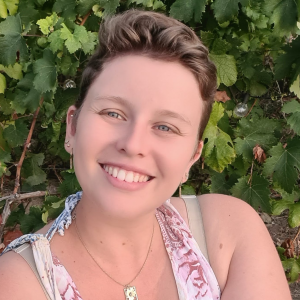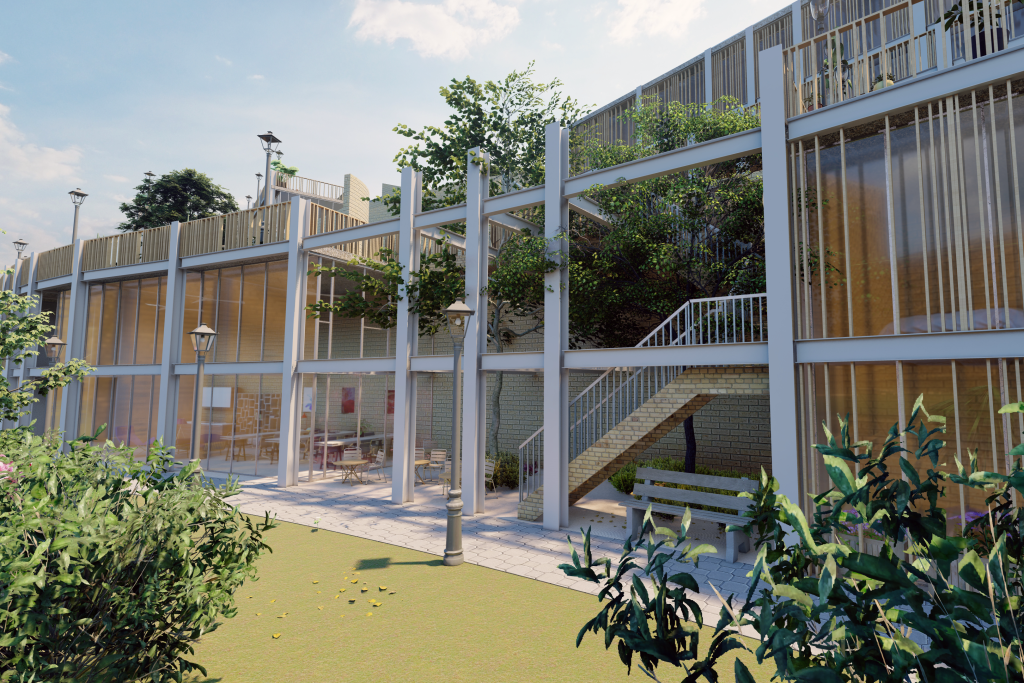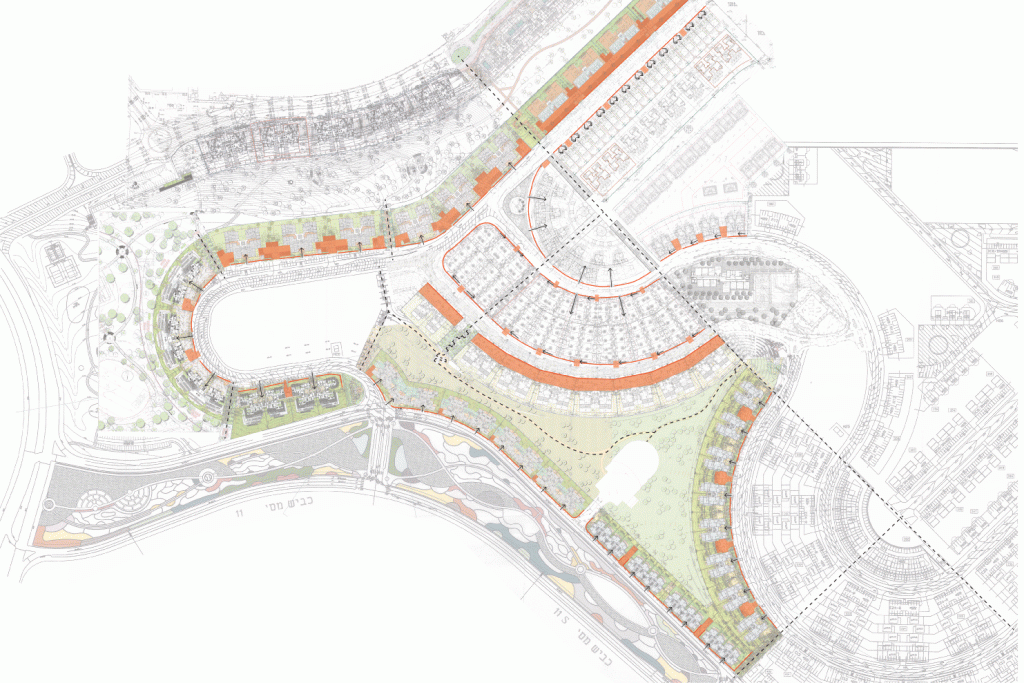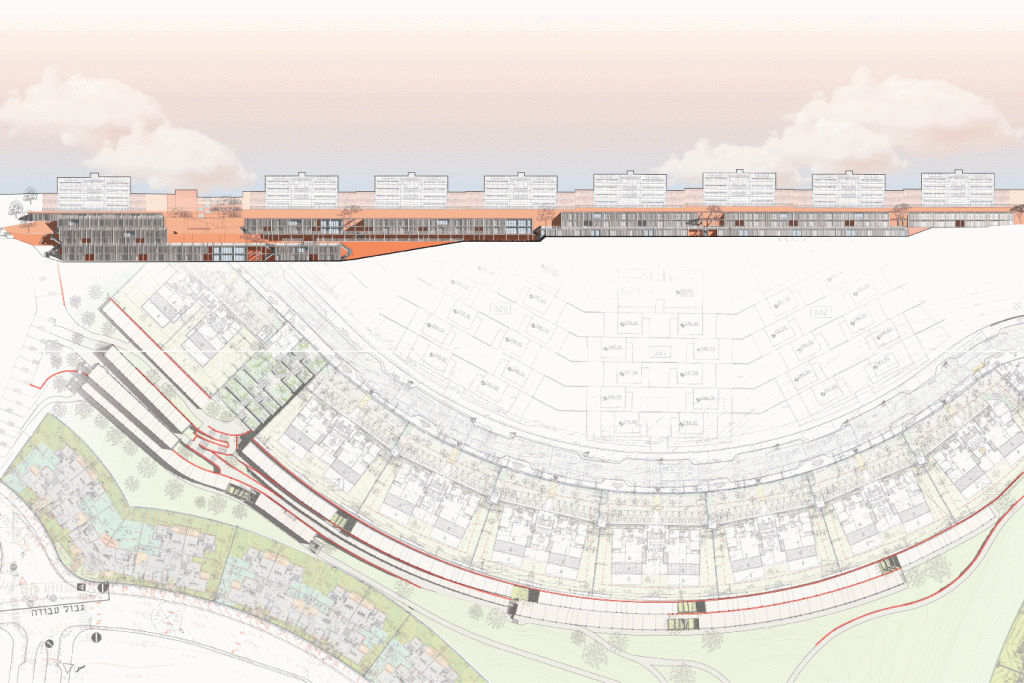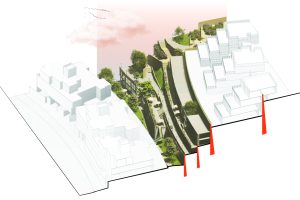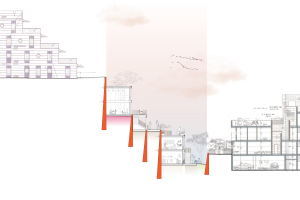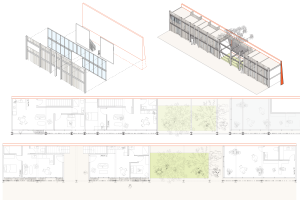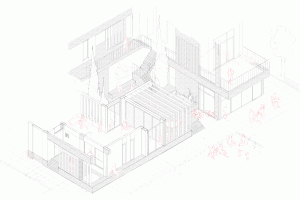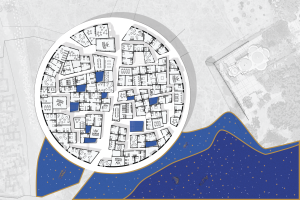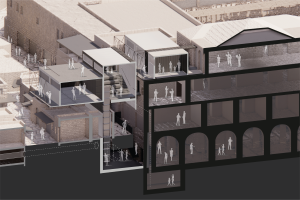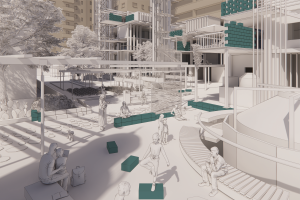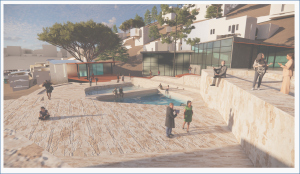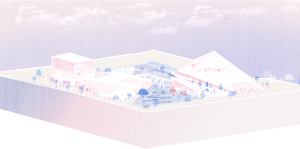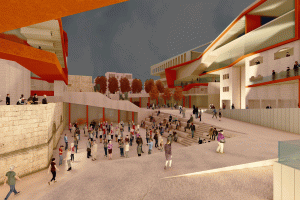Making a Neighborhood
We live in times where cities and neighborhoods are planned and built as a single unit while completely ignoring the city’s development capabilities and its future needs or those of its inhabitants. The Israeli bureaucratic system and common planning methods make use of overstated building annexes along with mass planning and marketing of lots. This forces a strict, inflexible urban space that is impossible to develop and cannot regenerate over time.
These methods place the focus on private spaces and alienate them from the public realm. Public areas are an afterthought of program constraints and exist as leftover, pass-through areas between the private lands.
Thus, antiurban neighborhoods are created that are centralized, alienated, inaccessible, and unwalkable. Such a neighborhood is a fragmented area in which cars are sacred and humans are neglected.
What does the future hold for these spaces? How can we reprioritize their value, while accepting their existence?
The project is located in the Modi’in neighborhood of Moria, which represents the current Israeli urban planning doctrine. The project deals with creating a new typology of life in a homogenous, repetitive neighborhood while confronting the existing reality and extracting its potential. This is done by augmenting and developing small living residences, supporting facilities in existing retaining walls, and transforming a dysfunctional public space into a living neighborhood.
The project wishes to rethink the current urban hierarchy and place in the center a public space that is fed from and enriches the private realm.


